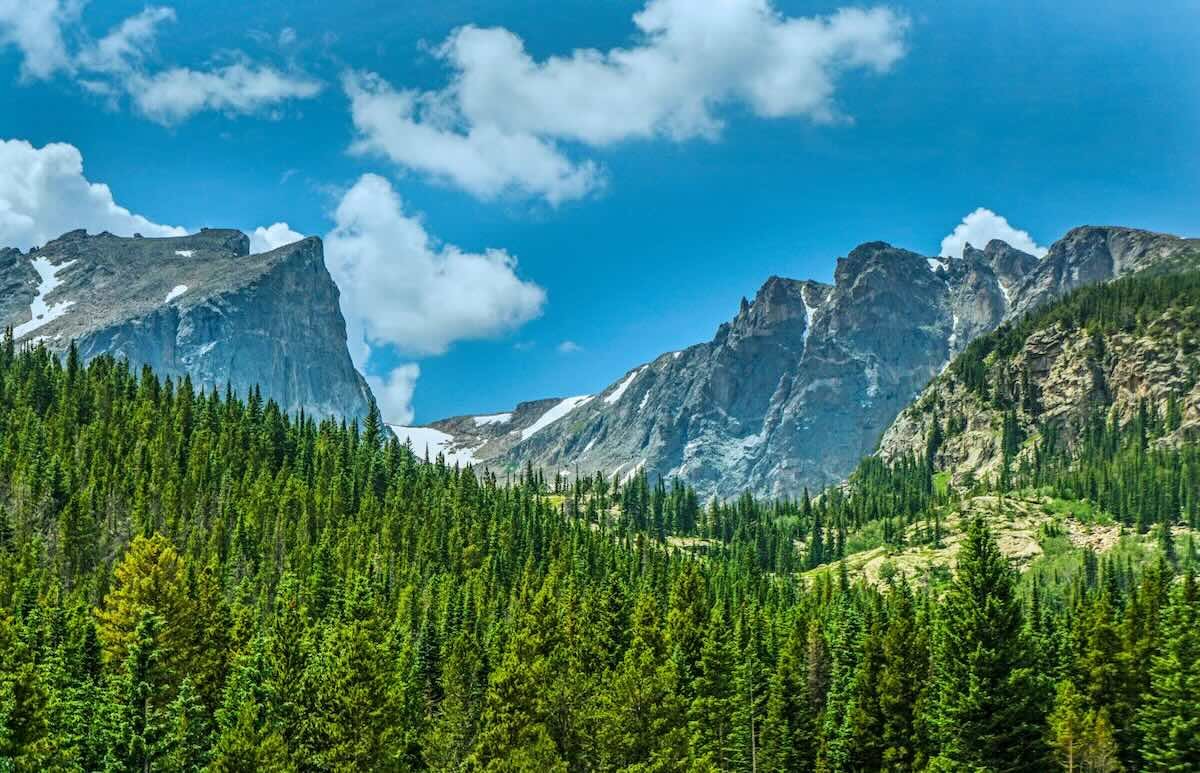Essential Facts About Rocky Mountain National Park: An In-Depth Exploration
The Rocky Mountain National Park, a crown jewel in the United States' network of national parks, stands as a testament to the raw beauty and grandeur of nature. Located in northern Colorado, this park is a haven for nature enthusiasts, hikers, and anyone seeking a retreat into the wild. Here, we delve into some fascinating facts about this natural wonder, offering insights that not only inform but also inspire.
A Brief Overview
Established: January 26, 1915
Location: Northern Colorado, USA
Size: Approximately 265,807 acres
Geographical Marvels
The park is renowned for its stunning mountain landscapes, which form part of the Southern Rocky Mountains. Here are some geographical highlights:
Highest Peak: Longs Peak, towering at 14,259 feet, is not only the park's highest point but also one of its most famous landmarks.
Diverse Terrain: The park's terrain varies dramatically, ranging from lush meadows and dense forests to rugged mountains and alpine tundras.
Continental Divide: The park straddles the Continental Divide, which is the line that separates the flow of water between the Pacific and Atlantic Oceans in North America.
Biodiversity and Wildlife
Rocky Mountain National Park is a biodiversity hotspot, home to a wide array of flora and fauna:
Varied Ecosystems: The park boasts over 1,000 species of plants and several distinct ecosystems, shaped by elevation and climate.
Wildlife: It's a sanctuary for wildlife, including elk, bighorn sheep, moose, and numerous bird species. The park's higher elevations are home to the elusive and beautiful mountain lion and black bear.
Recreational Activities
The park offers a plethora of activities for visitors:
Hiking: With over 300 miles of hiking trails, it caters to all levels of hikers, from leisurely walks to challenging mountain treks.
Scenic Drives: Trail Ridge Road, the highest continuous paved road in the United States, offers breathtaking views and is a must-visit for those who prefer to explore by car.
Wildlife Viewing: The park provides excellent opportunities for wildlife photography and bird watching.
Conservation Efforts
Conservation is key in preserving the natural beauty of Rocky Mountain National Park:
Ecosystem Protection: Efforts are continually made to protect the park's ecosystems from threats like climate change and invasive species.
Wildlife Management: The park implements measures to maintain healthy wildlife populations and their natural habitats.
Visitor Information
Accessibility: The park is accessible year-round, but some areas may be closed in winter due to snow.
Facilities: Visitor centers, campgrounds, and picnic areas are available to enhance the visitor experience.
Conclusion
Rocky Mountain National Park is more than just a scenic destination; it's a vibrant ecosystem and a crucial conservation area. Its awe-inspiring landscapes and rich biodiversity make it a must-visit for anyone looking to connect with nature. Whether you're an avid hiker, a wildlife enthusiast, or simply seeking tranquility, this park promises an unforgettable experience.

